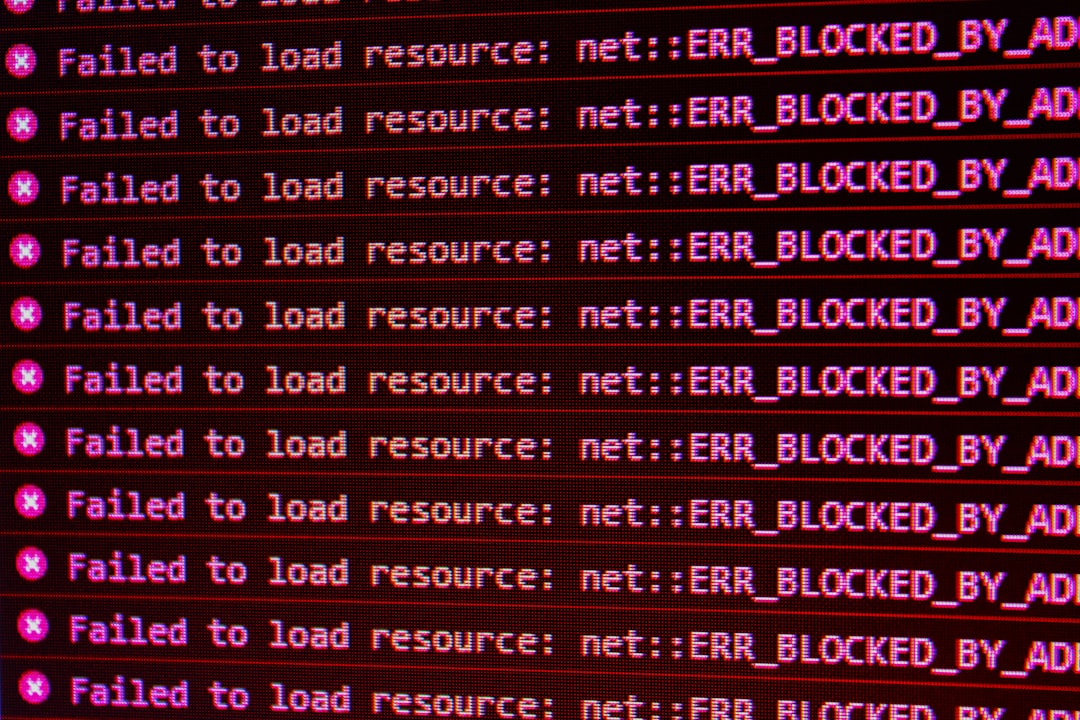Everything is running smoothly on your website. Visitors are browsing, buying, and loving the content. Then suddenly… *BAM*. A wild “502 Bad Gateway” appears! And to top it off? The page says it’s coming from OpenResty. You’re confused. Your users are frustrated. What now?
Take a deep breath. This is super common. And luckily, it’s usually not too hard to fix.
Table of Contents
What Does 502 Bad Gateway Mean?
Think of web servers like mailmen. Your browser says, “Hey mailman, can you deliver this letter to the website I’m visiting?”
The server says, “Sure thing!”
But instead of neatly delivering the content, the server gets confused. It tries to get the info from another server “upstream”… and that server is not behaving.
So, OpenResty (our fancy mailman who also cooks noodles) throws its hands in the air and says, “502 Bad Gateway”.
What is OpenResty Anyway?
OpenResty is like a superhero version of Nginx. It’s a web server, but with kung-fu level Lua powers. That means it can do way more than regular web servers.
It’s super fast, super powerful, and super customizable. But that also means it can break in super weird ways.
Let’s Hunt Down the Problem
Here’s what you should check, step by step. Don’t worry, we’ll keep it fun.
1. 🧠 Check Your Upstream Server
OpenResty usually passes requests to something else — like an application server. That’s called an upstream server.
If that server is down, crashed, or hung up on a beach vacation… you’ll get a 502.
Here’s what to check:
- Is the upstream server running?
- Can you manually send requests to it? Use
curl localhost:PORT. - Is it crashing or returning errors?
- Are firewalls or permissions blocking communication?
If the upstream server is refusing calls or is too slow to respond, OpenResty gives up.

2. 📶 Check the Network Flow
Sometimes it’s not the server — it’s the network. OpenResty talks to your backend over ports and connections.
If there’s a hiccup in communication, things break. Check:
- Is the port number correct in your config?
- Can OpenResty reach that IP/port?
- Any firewall or proxy filters messing with traffic?
A good test is to SSH into your server and run:
telnet 127.0.0.1 8000If this fails, Houston, we have a problem.
3. 📝 Peek at Your Logs
Logs are like the server’s secret diary. If something went wrong, it probably wrote about it there.
OpenResty usually stores logs in:
/var/log/nginx/error.log/usr/local/openresty/nginx/logs/error.log
Look for any clues around the time the error happened. Useful keywords:
connect()failedtimeoutrefused
If your backend is too slow, you’ll probably see a timeout message.
4. 🧐 Examine Your Config File
Your config is the instruction manual for OpenResty. Even one small mistake can ruin the show.
Look at the nginx.conf or your included files.
Common mistakes:
- Wrong
proxy_passdirective - Missing
locationblocks - No
keepalivesetting for upstreams (can cause timeouts) - Too small of
proxy_read_timeout
Make sure your backend is defined like this:
upstream backend {
server 127.0.0.1:8000;
keepalive 32;
}
location / {
proxy_pass http://backend;
proxy_http_version 1.1;
proxy_set_header Connection "";
}
The keepalive helps maintain connections. Without it, things may randomly stop working under load.
5. 🚀 Is Your Backend Overloaded?
Your backend server might just be crying out: “I’m tired!”
Some symptoms of overworked servers:
- High CPU usage
- Memory leaks
- Slow response times
- Frequent restarts
If this is the case, you might need to:
- Add caching
- Use a load balancer
- Optimize code
- Scale horizontally
6. 🧪 Test and Monitor Everything
Make your life easier with monitoring tools. They keep an eye on your servers and warn you before disaster hits.
Useful tools to explore:
- Grafana with Prometheus
- Netdata
- New Relic
- ELK Stack (Elastic, Logstash, Kibana)
Bonus points if you set up alerts. That way, your server will call you before it cries.
Quick Fixes That Sometimes Work
Try these before diving too deep into the code:
- Restart OpenResty:
sudo systemctl restart openresty - Restart your backend server
- Clear browser cache & try again
- Check disk space — low space = big problems
A Word on “Temporary Glitches”
Sometimes, a 502 can just be a momentary hiccup. Server wakes up late, or the network burps quietly.
But if you’re getting 502s often… it’s time to roll up your sleeves and fix the root cause.
How to Prevent It from Happening Again
No one wants to wake up at midnight to “502 Bad Gateway” alerts. Here’s a game plan to keep them away:
- Implement health checks on backend services
- Use retries with timeout settings in OpenResty
- Use a load balancer with multiple backend servers
- Log smart — catch slow errors before they cause total failure
Think of these as vitamin boosts for your server health.
You’re Now a 502 Detective!
Truth is, these errors will pop up sooner or later. But now, you’re prepared like a pro (or at least like a very clever raccoon 🦝).
Remember: The error message might seem scary, but it’s really just your server trying to tell you, “Something in the chain is broken.”
Follow the chain, fix the link, and your site will be back to awesome in no time.
Recap Time!
- A 502 Bad Gateway from OpenResty means the backend isn’t replying correctly
- Check if the upstream server is running
- Make sure networking and ports are open
- Study logs like a mystery novel!
- Ensure config files are perfectly tuned
- Monitor, test, and improve regularly
You’ve got this.




